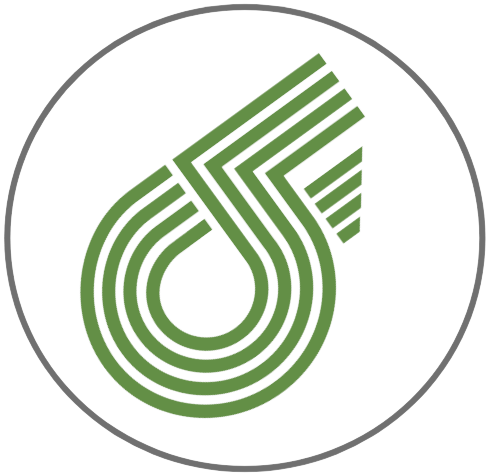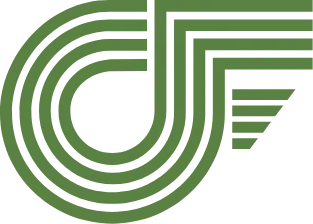STATISTICS ABOUT DUAL DIAGNOSIS
45 Percent
Of people in the United States struggle with dual diagnosis, according to national survey on drug use and health.
50 Percent
Of individuals with severe mental disorders are affected by substance abuse.
Serious mental illness
Affects 37% of alcohol abusers and 53% of drug abusers.

5 FAST FACTS ABOUT DUAL DIAGNOSIS
1. Either the substance use disorder or the mental illness may come first. However, developing one issue does not increase the risk of developing a co-occurring condition.
2. The symptoms of one disorder will usually worsen the symptoms of the other.
3. When mental health disorders occur first, a lack of treatment may cause some patients to self-medicate using alcohol and illicit substances.
4. When drug abuse comes first, long-term use of addictive substances can lead to mental and emotional problems.
5. Men diagnosed with a mental health disorder were more likely to abuse drugs than their female counterparts.
ABOUT DUAL DIAGNOSIS
When a person simultaneously suffers from both a substance use disorder and a mental health disorder, this is known as a dual diagnosis. Dealing with a substance use disorder is challenging and adding a mental illness into the equation can make it even more difficult. However, it is treatable, and there is help available for individuals who experience a dual diagnosis.
Common mental health disorders linked to substance abuse include:
- ADHD
- Bipolar disorder
- Borderline personality disorder
- Depression
- Eating disorders
- Generalized anxiety disorder
- Obsessive compulsive disorder
- Post-traumatic stress disorder
- Schizophrenia
A person who struggles with mental illness can become addicted to any substance, including:
- Depressants
- Stimulants
- Hallucinogens
- Opioids
- Prescription medications
WAYS THAT MENTAL HEALTH AND SUBSTANCE USE INTERACT
In a dual diagnosis, both conditions have their own set of symptoms that can interfere with an individual’s life. The co-occurring disorders also affect one another in several ways, including:
- When a person’s mental health disorder is inadequately treated, they might try to self-medicate with addictive substances. However, self-medicating doesn’t actually treat the mental illness.
- Drugs can intensify and worsen the symptoms of a mental illness. Substance abuse may sharply increase symptoms of mental illness or even trigger new symptoms.
- Drug use can increase a person’s risk for developing a mental illness. Mental health disorders are caused by a set of factors including genetics, environment, and brain chemistry, and it’s unknown if substance use can directly cause them. But drug use may trigger the onset of a mental illness for someone who is already at risk.
SIGNS AND INDICATORS OF DUAL DIAGNOSIS
- Using drugs and alcohol to cope with unpleasant memories or feelings, or to control your moods
- A relationship between substance use and mental health, such as getting more depressed when you drink.
- A family history of mental illness or drug abuse.
- Past treatment for a substance use disorder or mental illness, which may have failed because of complications caused by one of the conditions.
SYMPTOMS OF A SUBSTANCE USE DISORDER
- Feeling like you should cut down on drugs or alcohol
- Finding it difficult or being unable to cut back on drugs or alcohol
- Developing a tolerance for the substance and needing more of it to get the same effect
- Lying about how often you use alcohol or drugs
- Feeling ashamed of drug or alcohol use
- Getting into trouble with the law because of substance use
- Experiencing problems in your relationships because of your substance use
DUAL DIAGNOSIS TREATMENT
Although a dual diagnosis is a difficult challenge to deal with, recovery is possible. Both mental illness and substance use disorders are treatable. With the right help, there is always hope that an individual can live a normal life even with a dual diagnosis. There are various ways to treat a dual diagnosis. Common treatment options include medication, therapy, behavioral intervention, support groups, and long-term follow-up care.
Here are three approaches to treatment for a dual diagnosis, which are:
- Sequential– an approach in which one condition is treated at a time, either first focusing on the mental health disorder or the substance use disorder, and then moving on to treat the other.
- Parallel– this is when the two conditions are treated at the same time, but the programs are separate and don’t relate to each other.
- Integrated– a comprehensive approach to treat both disorders provided by professionals who are trained in both mental health and substance use treatment.
Treatment for substance abuse may require:
- Detoxification, which should be medically supervised
- Management of withdrawal symptoms, possibly with the help of medication
- Behavioral therapy
- Support groups
Therapy is an important component in treating dual diagnosis. Common types of therapy that are used to treat mental health and substance use disorders include:
- Cognitive behavioral therapy – is a type of psychotherapeutic treatment that helps people learn how to identify and change destructive or disturbing thought patterns that have a negative influence on behavior and emotions.
- Dialectical behavioral therapy – is a type of cognitive-behavioral therapy that combines strategies like mindfulness, acceptance, and emotion regulation.
- Exposure therapy – a type of therapy in which a person is gradually exposed to the situation that causes them distress with the goal of reducing anxiety, decreasing avoidance of dreaded situations, and improving one’s quality of life.
- Contingency management – a type of therapy in which individuals are rewarded for evidence of positive behavioral change, such as sobriety.
Motivational interviewing – a counseling method that helps people resolve ambivalent feelings and insecurities to find the internal motivation they need to change their behavior.
Medication can also be used to treat mental health disorders. There are different types of medications that are prescribed based on each individual’s unique needs. Some common medications include:
- Antidepressants
- Anti-anxiety medication
- Antipsychotics
- Mood stabilizers


